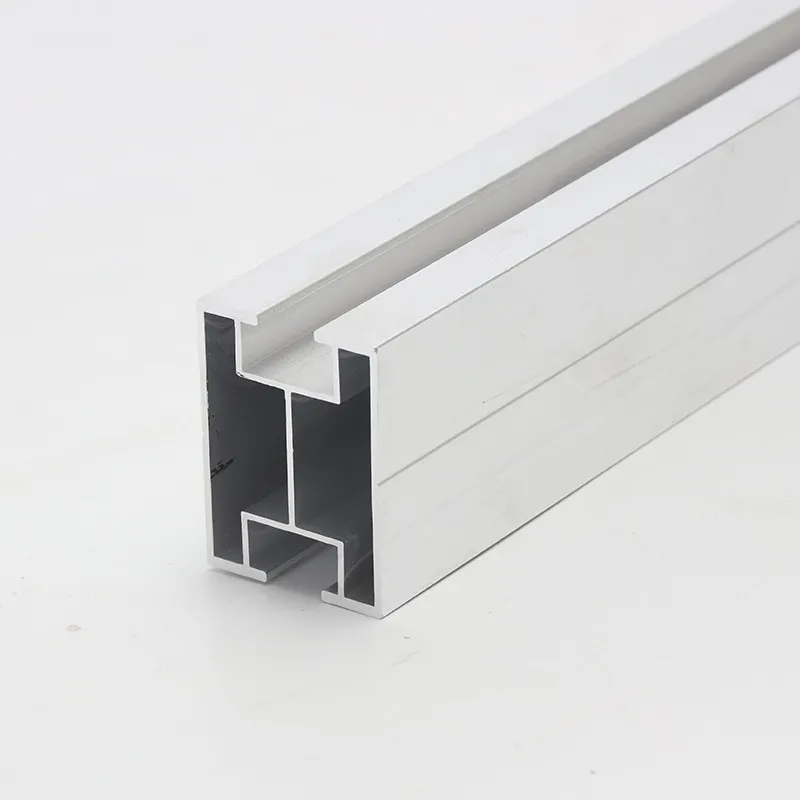

self driven screw
Oct . 12, 2024 14:50 Back to list
self driven screw
The Emergence of Self-Driven Screws Revolutionizing Fastening Technology
In the landscape of modern manufacturing and construction, technology continues to evolve, introducing innovations that improve efficiency, effectiveness, and safety. One such innovation that has recently garnered attention is the self-driven screw. This advanced fastening solution simplifies assembly processes across various industries, from home construction to automotive manufacturing, transforming the way we think about securing materials together.
Understanding Self-Driven Screws
A self-driven screw is designed to eliminate the need for an external power tool to drive it into materials. These screws are engineered with a specialized thread design or a built-in mechanism that allows them to be easily inserted by hand or with minimal force. This makes them particularly advantageous in situations where traditional fastening methods are cumbersome, time-consuming, or require additional equipment.
The core principle behind self-driven screws is their ability to engage with the material's surface effectively, utilizing unique threading or geometric features that enable self-tapping. This means that as the screw is turned, it cuts into the material, creating its own hole and allowing for a secure fit without pre-drilling. The application of friction and the screw’s ability to grip the underlying material ensure that it remains firmly in place over time.
Advantages of Self-Driven Screws
1. Efficiency and Speed One of the most significant benefits of using self-driven screws is the remarkable increase in installation speed. Since these screws can be inserted without the need for pre-drilling, projects can be completed more rapidly, saving both time and labor costs. This efficiency is particularly crucial in large-scale manufacturing or construction projects where time is money.
2. Reduced Labor Costs With self-driven screws, the need for skilled labor is lessened. Workers can easily install these screws without specialized training in the use of power tools. This democratization of the fastening process can lead to significant cost savings in labor expenses, especially in large projects with numerous fastening tasks.
3. Increased Safety The elimination of power tools reduces the risk of accidents associated with their use, such as cuts, bruises, or repetitive strain injuries. The simplicity of hand-driven insertion helps maintain a safer work environment, a crucial priority in many industries.
self driven screw

4. Versatility Self-driven screws can be used in a wide range of materials, including wood, plastic, and metal. This versatility allows manufacturers and builders to standardize fasteners across several applications, further streamlining the production process and reducing the number of different components needed.
5. Environmentally Friendly In addition to their practical benefits, self-driven screws can have a lower environmental impact compared to traditional fastening solutions. The reduction in energy consumption associated with not using power tools translates to less electricity used on site, contributing to overall resource conservation.
Applications in Various Industries
The adoption of self-driven screws is being seen in numerous sectors. In the construction industry, they are used in framing houses, assembling walls, and attaching drywall. Their ease of use allows for faster project completion, which is an essential factor in an industry where time delays can lead to massive budget overruns.
In the automotive sector, self-driven screws facilitate the assembly of various components, enabling manufacturers to streamline processes and adapt to innovative designs that require unique fastening solutions. Similarly, the electronics industry benefits from self-driven screws in the assembly of devices where precision and speed are paramount.
Conclusion
The advent of self-driven screws marks a significant shift in fastening technology. Their efficiency, reduced labor costs, safety benefits, versatility, and environmental friendliness position them as a game-changer in many industries. As technology continues to advance, we can expect further innovations in design and application, potentially leading to even more effective fastening solutions that could redefine the standards for manufacturing and construction.
Self-driven screws not only simplify the fastening process but also represent the future of assembly techniques in an ever-evolving world of technology. As industries continue to embrace these advancements, the potential for growth, innovation, and improved work practices is immense. The humble screw, with its newfound capabilities, is indeed driving us forward into a new era of engineering excellence.
Latest news
-
Hot Dip Galvanized Bolts-Hebei Longze|Corrosion Resistance&High Strength
NewsJul.30,2025
-
High-Strength Hot-Dip Galvanized Bolts-Hebei Longze|Corrosion Resistance&High Strength
NewsJul.30,2025
-
Hot Dip Galvanized Bolts-Hebei Longze|Corrosion Resistance&High Strength
NewsJul.30,2025
-
Hot Dip Galvanized Bolts - Hebei Longze | Corrosion Resistance, High Strength
NewsJul.30,2025
-
High-Strength Hot Dip Galvanized Bolts-Hebei Longze|Corrosion Resistance, Grade 8.8
NewsJul.30,2025
-
Hot Dip Galvanized Bolts-Hebei Longze|Corrosion Resistance,High Strength
NewsJul.29,2025

